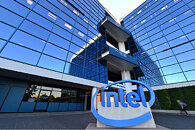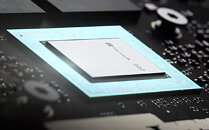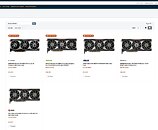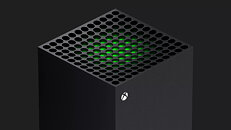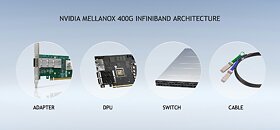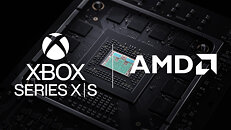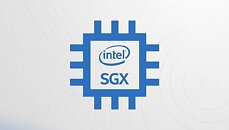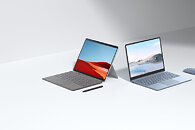
Confronting NVIDIA's DLSS: AMD Confirms FidelityFX Super Resolution (FSR) to Launch in 2021
AMD, via its CVP & GM at AMD Radeon Scott Herkelman, confirmed in video with PCWorld that the company's counterpart to NVIDIA's DLSS technology - which he defines as the most important piece of software currently in development from a graphics perspective - is coming along nicely. Launch of the technology is currently planned for later this year. Scott Herkelman further confirmed that there is still a lot of work to do on the technology before it's ready for prime time, but in the meantime, it has an official acronym: FSR (FidelityFX Super Resolution). If you're unfamiliar with DLSS, it's essentially an NVIDIA-locked, proprietary upscaling algorithm that has been implemented in a number of games now, which leverages Machine Learning hardware capabilities (tensor cores) to upscale a game with minimal impact to visual quality. It's important because it allows for much higher performance in even the latest, most demanding titles - especially when they implement raytracing.
As has been the case with AMD, its standing on upscaling technologies defends a multiplatform, compatible approach that only demands implementation of open standards to run in users' systems. The idea is to achieve the broadest possible spectrum of game developers and gamers, with tight, seamless integration with the usual game development workflow. This is done mostly via taking advantage of Microsoft's DirectML implementation that's baked straight into DX 12.
As has been the case with AMD, its standing on upscaling technologies defends a multiplatform, compatible approach that only demands implementation of open standards to run in users' systems. The idea is to achieve the broadest possible spectrum of game developers and gamers, with tight, seamless integration with the usual game development workflow. This is done mostly via taking advantage of Microsoft's DirectML implementation that's baked straight into DX 12.














